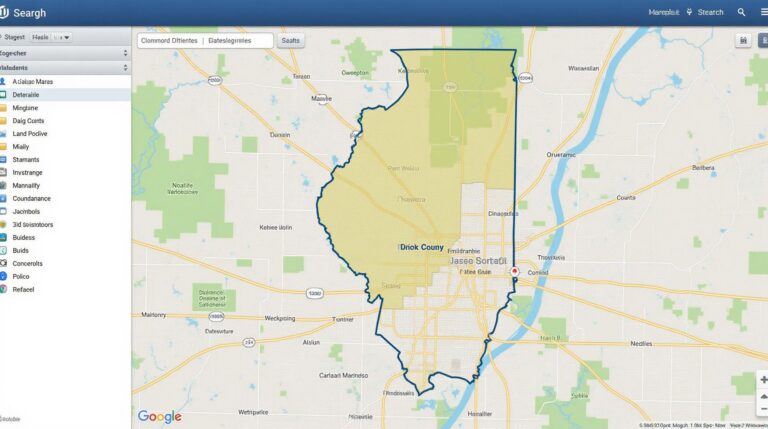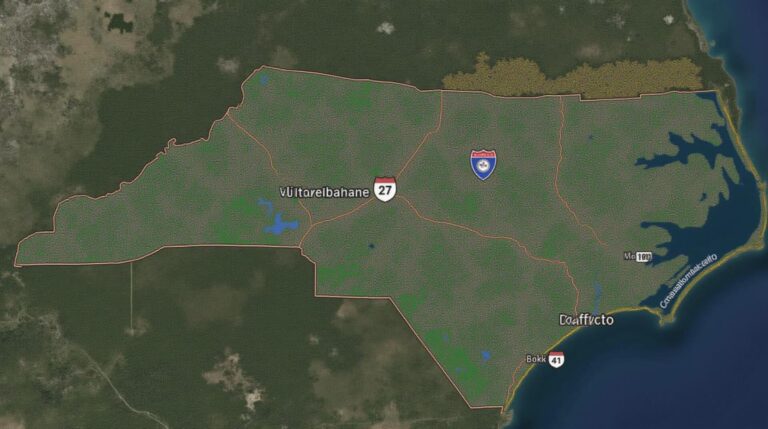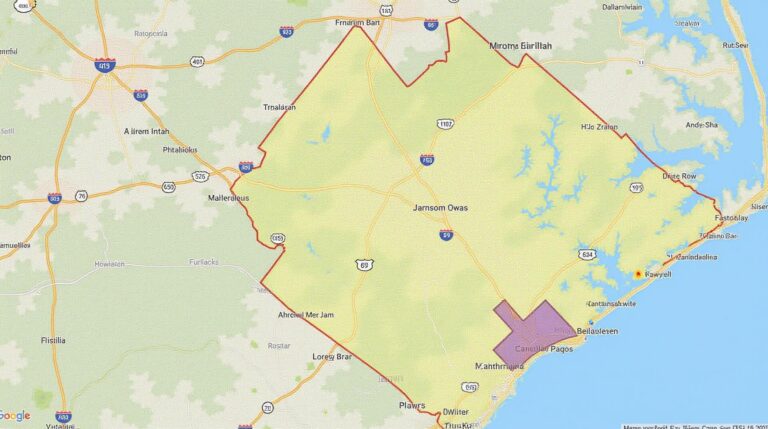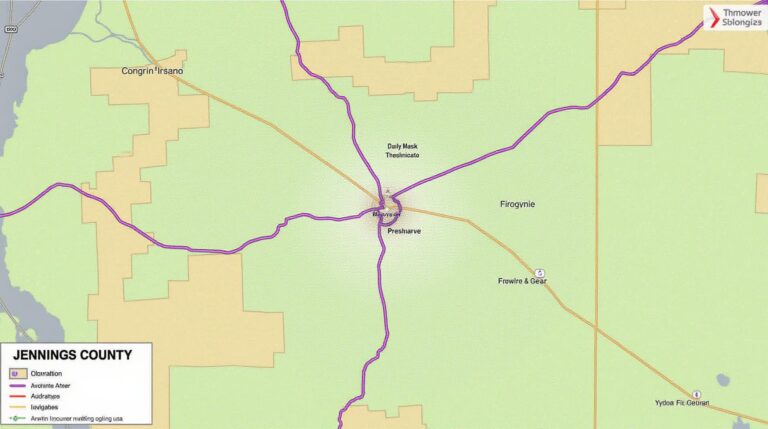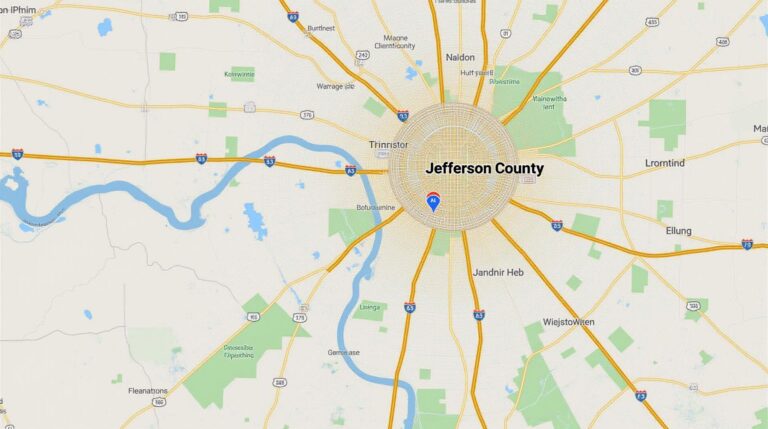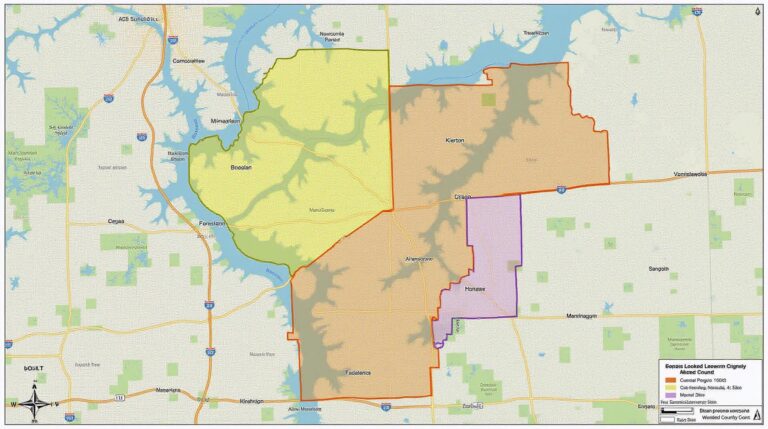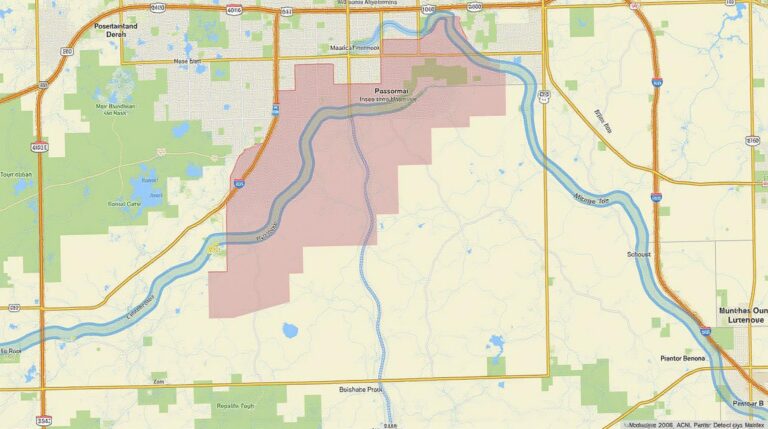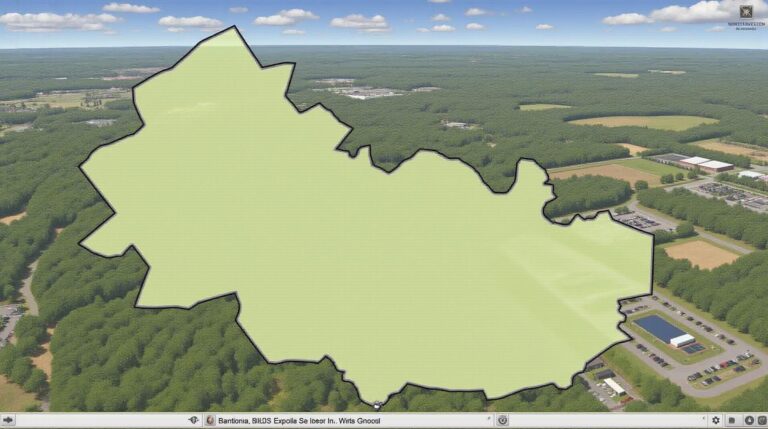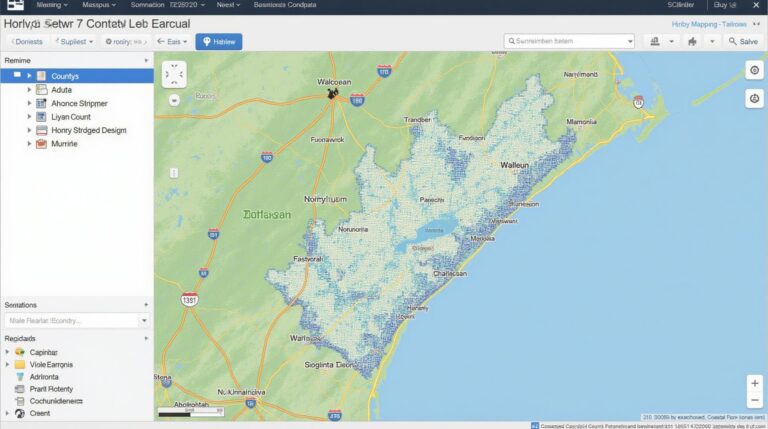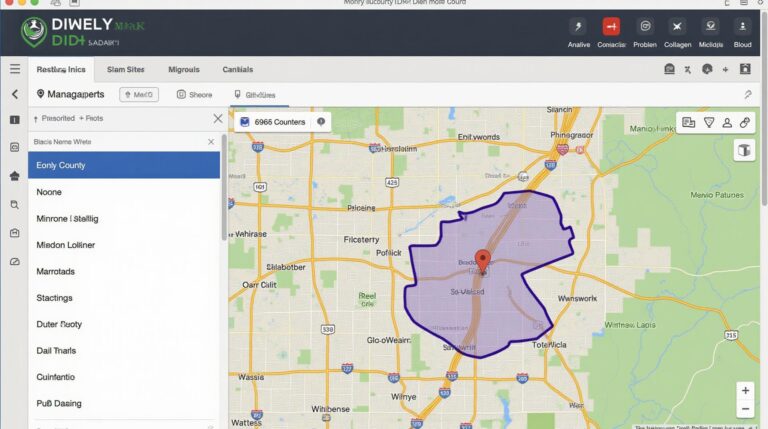Lake County, IL GIS: Mapping Made Simple
## Lake County, IL GIS: Mapping Made Simple Lake County, Illinois, is much more than just a bustling suburban haven. Beneath its smooth surface lies a treasure trove of data: utilities, infrastructure, demographics, environmental features, and countless other factors pinpointed through geographic information systems (GIS). Understanding and leveraging this data is crucial for residents, businesses,…

